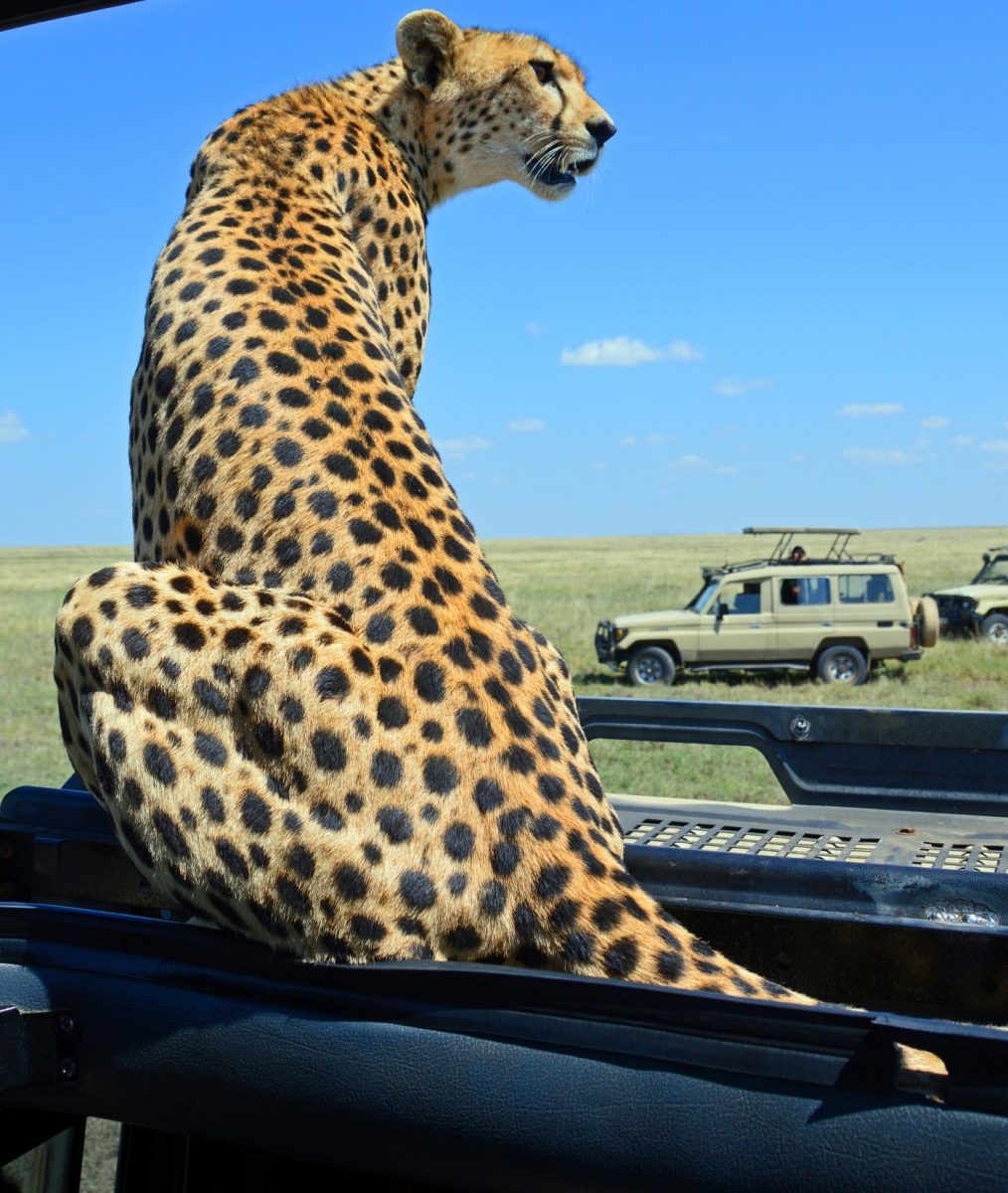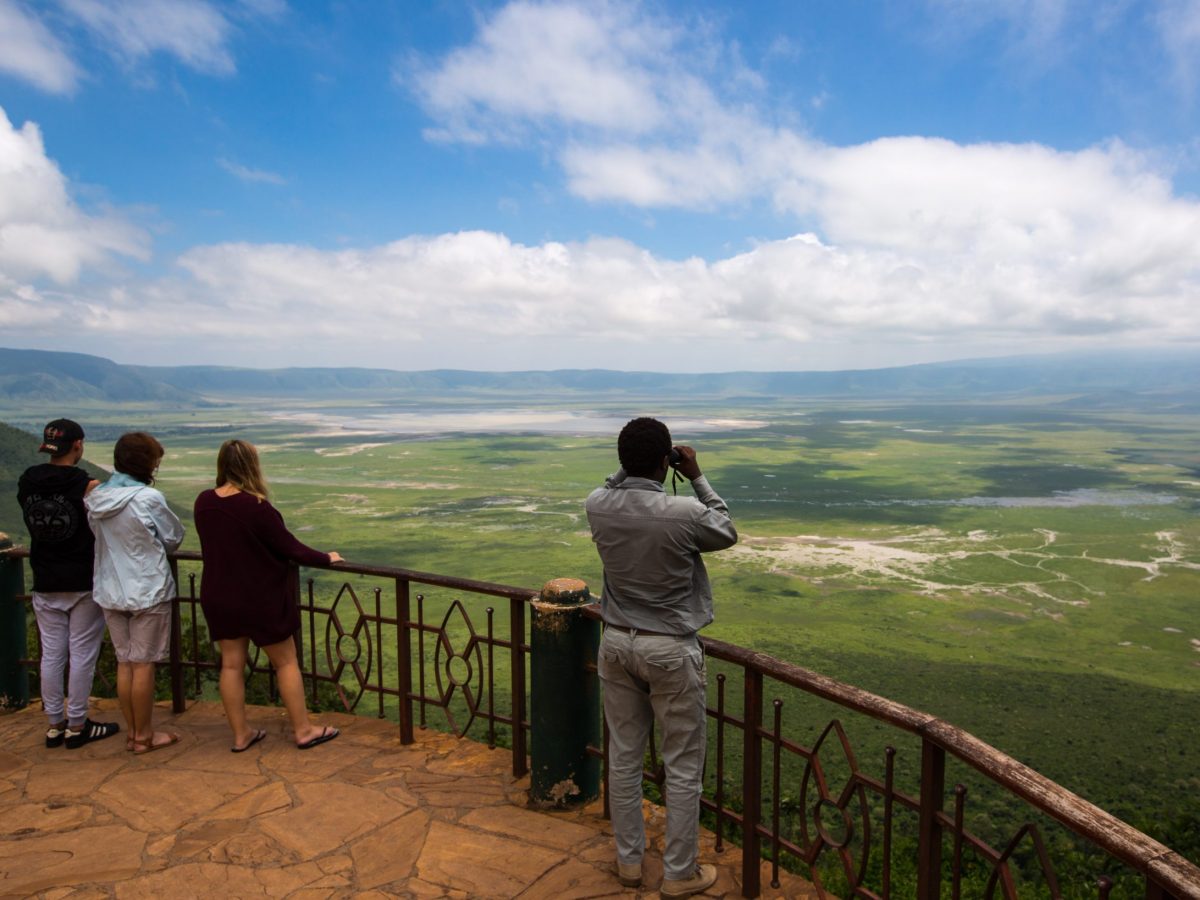TANZANIA DESTINATIONS
NORTHERN PARKS
DESTINATIONS
NORTHERN CIRCUIT
Arusha National Park
Arusha National Park has a rich variety of wildlife, but visitors shouldn’t expect the same game-viewing experience they find in other national parks of Tanzania’s northern circuit.
It is a great place for walking; one can enjoy natural forest in comfort because of the cool climate. The walking activity has to be arranged in advance and must be accompanied by armed ranger. Canoeing on a small Momela lake is also available by prior arrangements withbushbuck, Buffalo, Giraffe and hippos often seen during this excursion.

Tarangire National Park
Tarangire National Park is the sixth largest national park in Tanzania, it is located in Manyara Region. The name of the park originates from the Tarangire River that crosses the park. The Tarangire River is the primary source of fresh water for wild animals in the Tarangire Ecosystem during the annual dry season.
The Tarangire Ecosystem is defined by the long-distance migration of wildebeest and zebras. During the dry season thousands of animals concentrate in Tarangire National Park from the surrounding wet-season dispersal and calving areas.

Lake Manyara National Park
Lake ManyaraNational Park lies up against the steep western wall of rift valley. It is directly en route to Ngorongoro from Arusha and Tarangire therefore this makes it very popular for either day trip or overnight. Most of the characteristic east African mammals are found in Manyara including cheetahs, leopard, buffalo, hippos, elephants, giraffe and the largest baboon troops in Africa.
It is in Manyara where some lions opted to rest up in the trees during the heat of midday, giving rise to the mistaken belief that the Manyara lions are somehow different .Lions in many part of Africa spend time in the lower broad limbed branches of trees probably to escape flies. Lake Manyara National Park is also known for flocks of thousands flamingos that feed along the edge of the lake in the wet season. Activities in Manyara National park includes Game drives, this is the main activity. Guests can enjoy driving along the network roads within the park.

Serengeti National Park
The Serengeti National Park is one of the most important, natural, protected areas of eastern Africa. It spans over an area of 14,763 km² bounded by the Kenyan border near Masai Mara, the Ngorongoro natural reserve, and other important wildlife reserves. It was declared to be a World Heritage Site by UNESCO in 1981..
The park stands as one of the main tourist attractions in Tanzania, and is the most important one in a system of four natural, protected areas called the “Northern Safari Circuit” which also includes the Lake Manyara National Park, Tarangire National Park, Arusha National Park, and the Ngorongoro conservation area.
Serengeti is well known for its exceptional richness of wildlife which makes it one of the most representative regions of the savannah ecosystem. You’ll be able to find, among many other species, all five members of the so-called “big five”: elephants, lions, leopards, rhinos (black) and buffalo..
Serengeti is perhaps most renowned for the great migration of its Wildebeest. Over a million wildebeest and about 200.000 zebras, migrate south from the northern hills to the southern plains for the short rainfalls every October and November, and then move west and north after the long rainfalls in April, May and June. So strong is their natural instinct to move, that no drought, gorge or crocodile infested river can hold them back. The Maasai, who had grazed their cattle on the vast grassy plains for thousands of years had always thought likewise. To them it was “Siringitu” – “the place where the land moves on forever”.

Ngorongoro Crater
The Ngorongoro Conservation Area is a protected area and a World Heritage Site located 180 km (110 mi) west of Arusha in the Crater Highlands area of Tanzania. The area is named after Ngorongoro Crater, a large volcanic caldera within the area.The Ngorongorocrater formed when a large volcano exploded and collapsed two to three million years ago.
The volcanic eruptions like that of Ngorongoro, which resulted in the formation of Ngorongoro Crater in Tanzania, were very common.Similar collapses occurred in the case of Olmoti and Empakaai, but they were much smaller in magnitude and impact.
Main activity is game drives in the Ngorongoro Crater floor, a vast expanse where animal activity is common place Approximately 25,000 large animals, mostly ungulates, live in the crater. Wildlife in the crater include the black rhino, buffalo, wildebeest, zebra, the common eland, Grant’s, Thomson’s gazelles, Waterbucks, lions, hippos, crocodiles.


